In a first, James Webb Space Telescope discovers water near rocky worlds
NASA’s James Webb Space Telescope has found presence of water in the PDS 70 system. Read to know more.
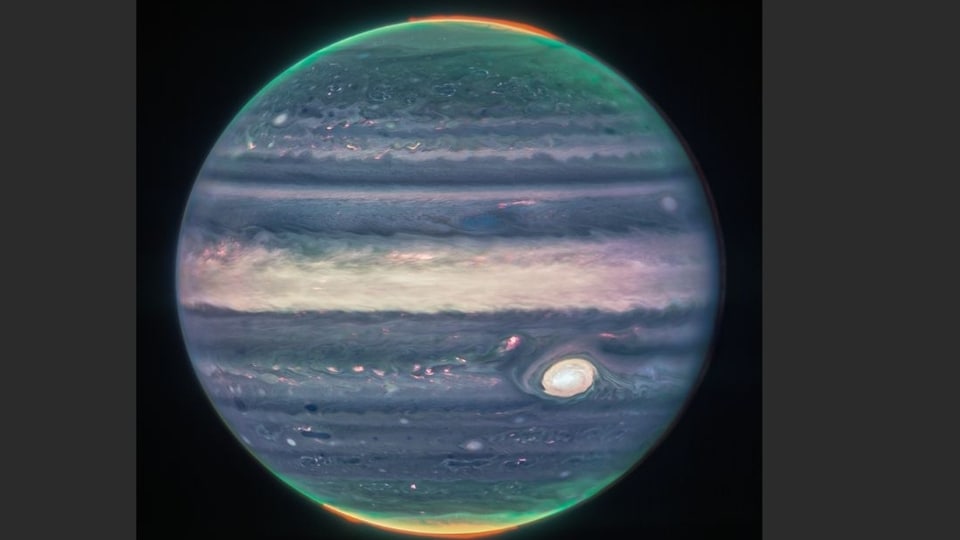
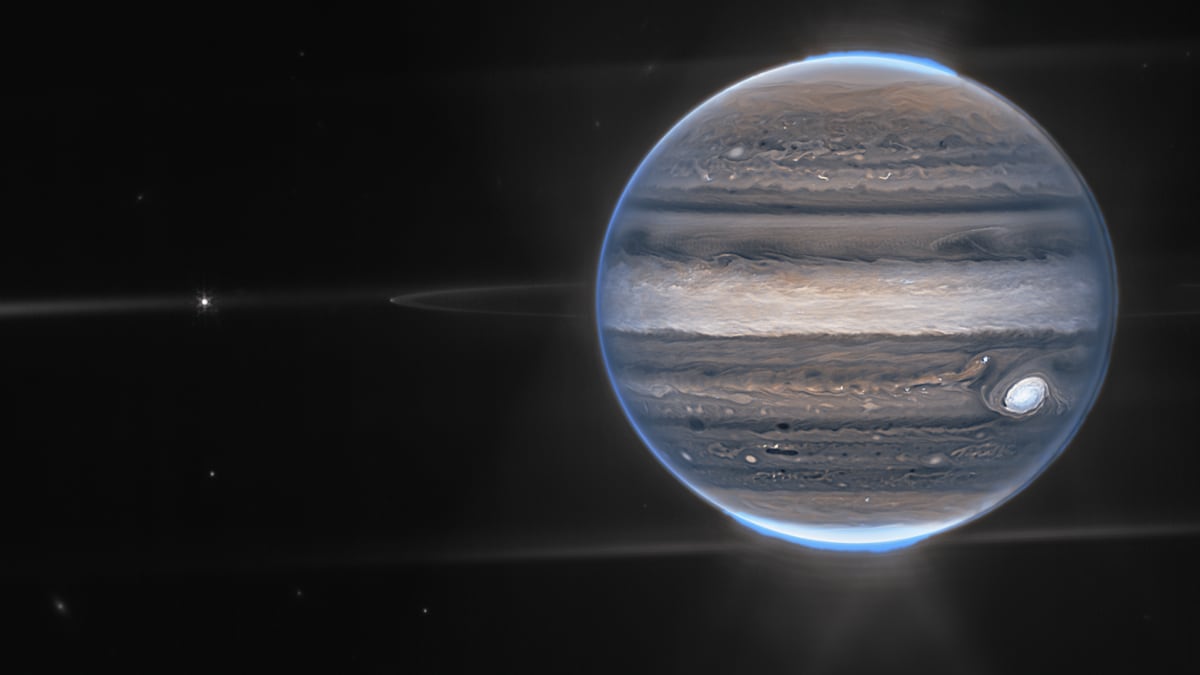
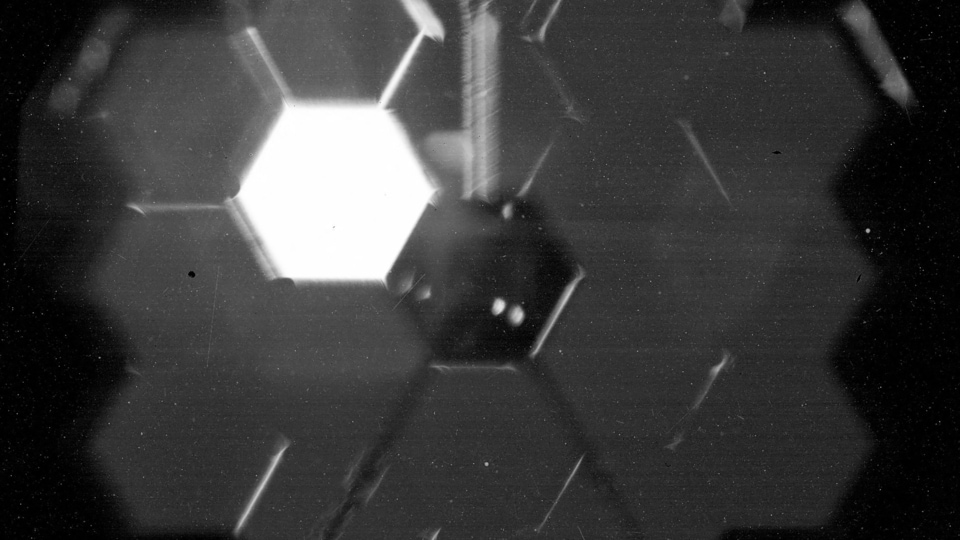
_1661230453587.jpg)
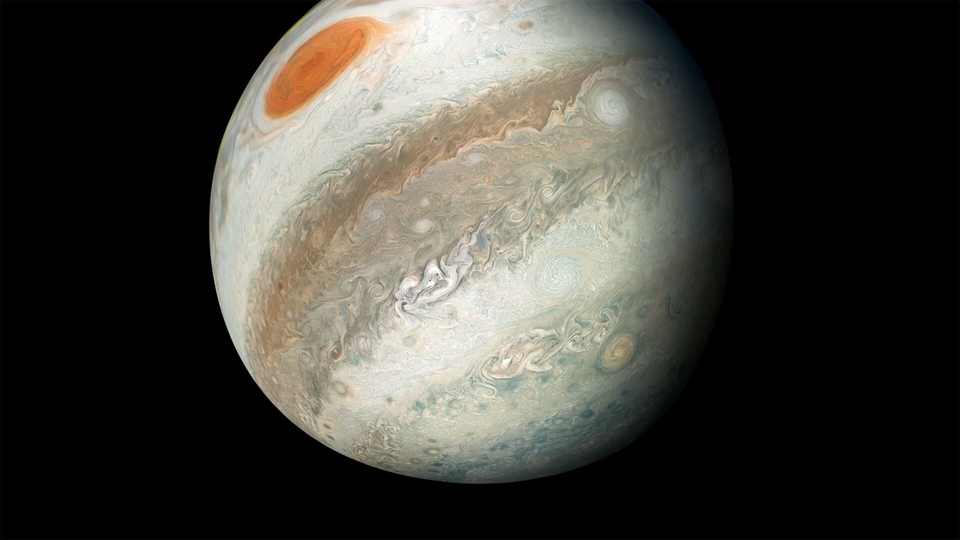
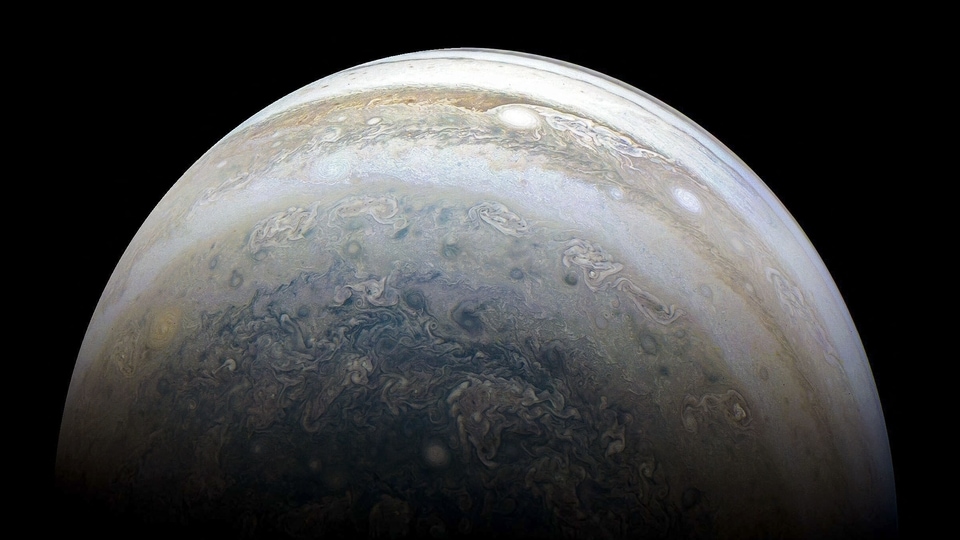
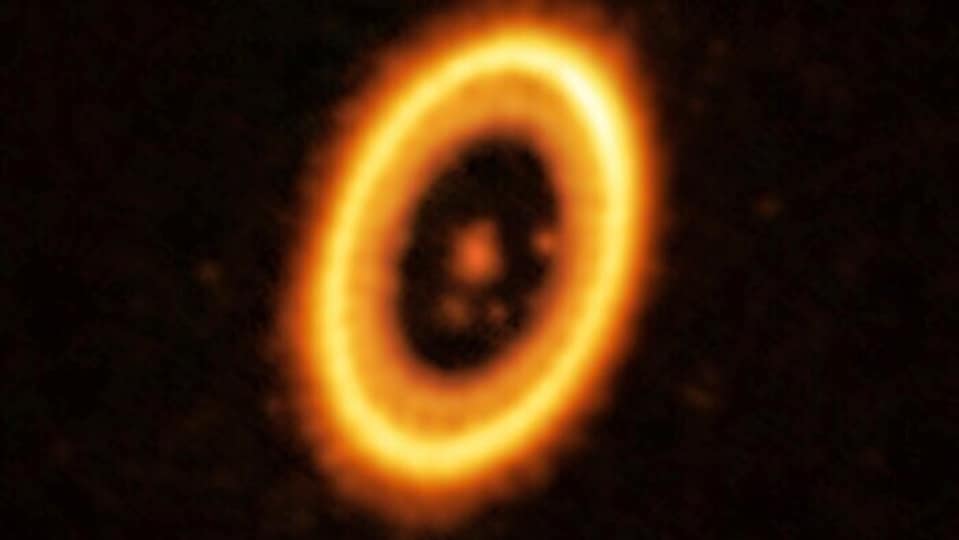
 View all Images
View all ImagesOver the years researchers have been studying rocky planets and exoplanets for the presence or traces of water. And for the first time, astronomers have discovered that certain rocky planets can have a huge amount of water. Now scientists believe that the evidence suggests water's involvement as a key component during the birth of rocky planets.
According to a space.com report, Earth's water is there due to water-bearing asteroids bombarding our young Earth's surface. Now, in a recent study, scientists have discovered rocky planets with signs of water, which are near the centre of a planet-birthing disk.
About PDS 70
The PDS 70 is located about 370 light-years away from the Earth. PDS 70 is around 5.4 million years old, and the Sun is about 4.6 billion years old and has about three-quarters the mass of PDS 70.
As per lead author Giulia Perotti, an astrophysicist at the Max Planck Institute for Astronomy in Heidelberg, “PDS 70 is a star similar to our sun, just younger and cooler. By observing it, we can trace back how the planets in our solar system formed and what their chemical composition was before they fully formed."
With the help of NASA's James Webb Space Telescope, researchers discovered water in the inner disk of the PDS 70 system. The planet was surrounded by gas and dust due to the water being in the form of hot vapour with a speculated temperature of approx. 330 degrees Celsius.
As per the published findings, a rocky planet around PDS 70 can draw from this huge amount of water in the central region which could also create a possibility of habitability in the future.
However, earlier, scientists have also studied such planets in terms of water discoveries but no clues were found till PDS 70. This led astronomers to speculate that the intense radiation from newborn stars could wipe out a substantial amount of water. Nevertheless, these findings now create doubt about this theory.
So far scientists have stated two reasons for the presence of water, it is possible that the water was shielded from radiation during the formation of the PDS 70 system by a water-rich nebula. And another, the combination of oxygen and hydrogen gas that entered the PDS 70 disk's outer rims may have produced water vapour, which may have then drifted towards the star.
Catch all the Latest Tech News, Mobile News, Laptop News, Gaming news, Wearables News , How To News, also keep up with us on Whatsapp channel,Twitter, Facebook, Google News, and Instagram. For our latest videos, subscribe to our YouTube channel.































